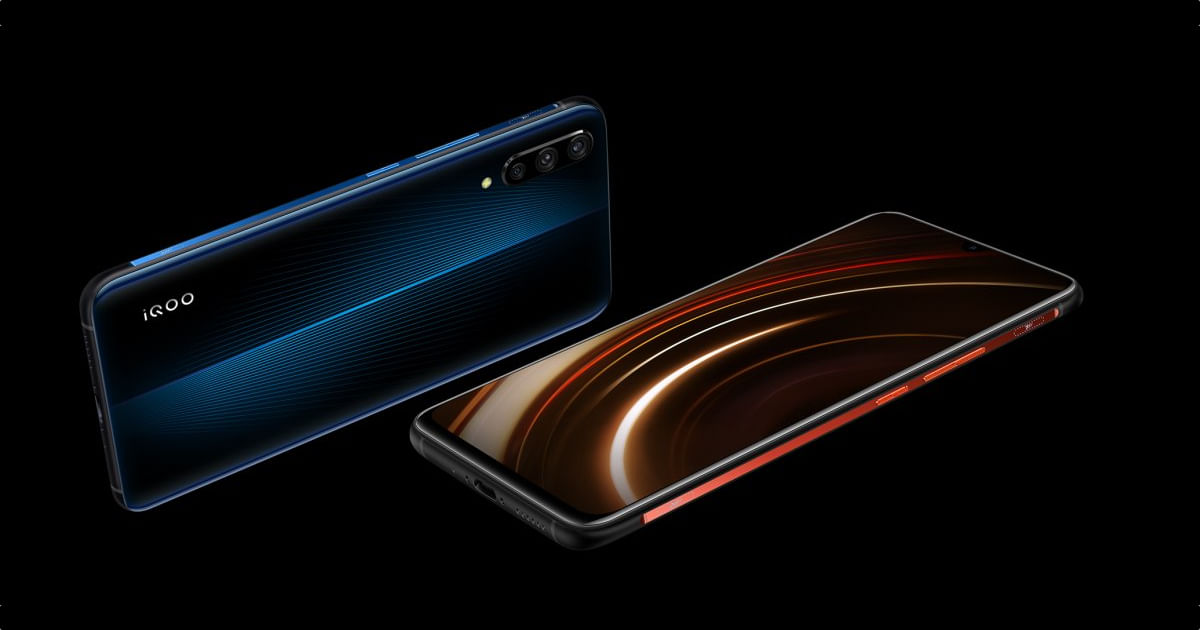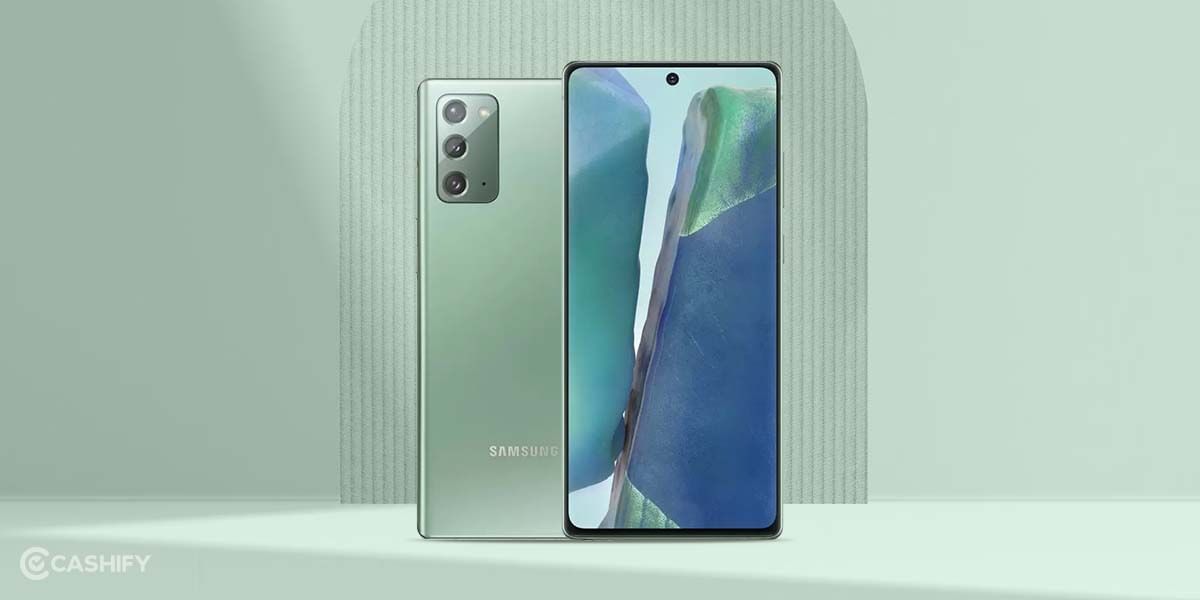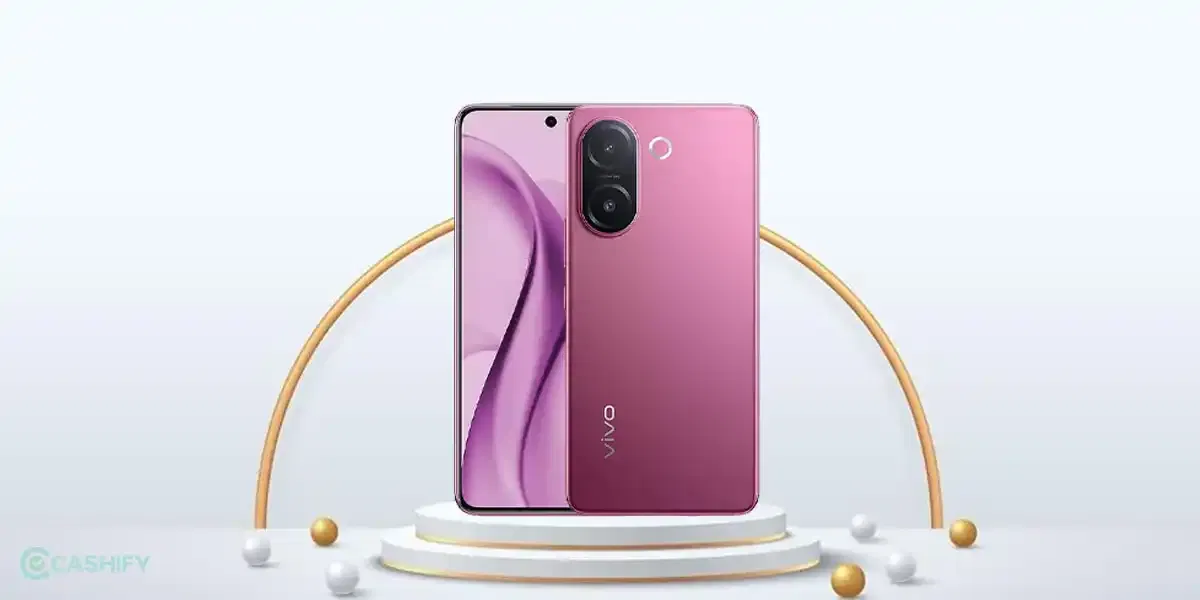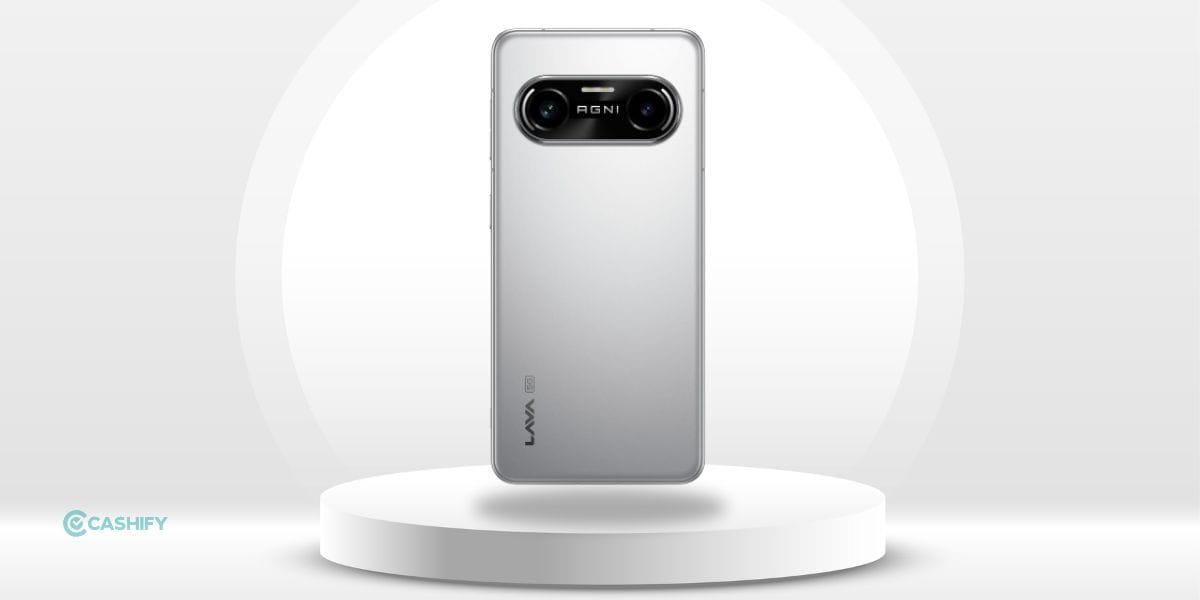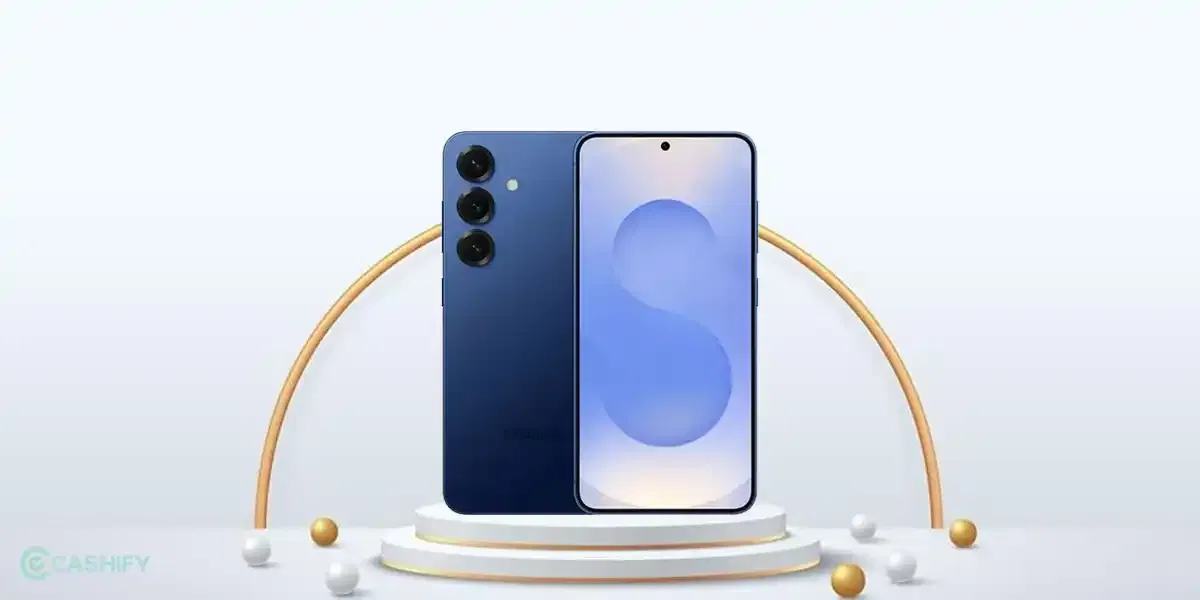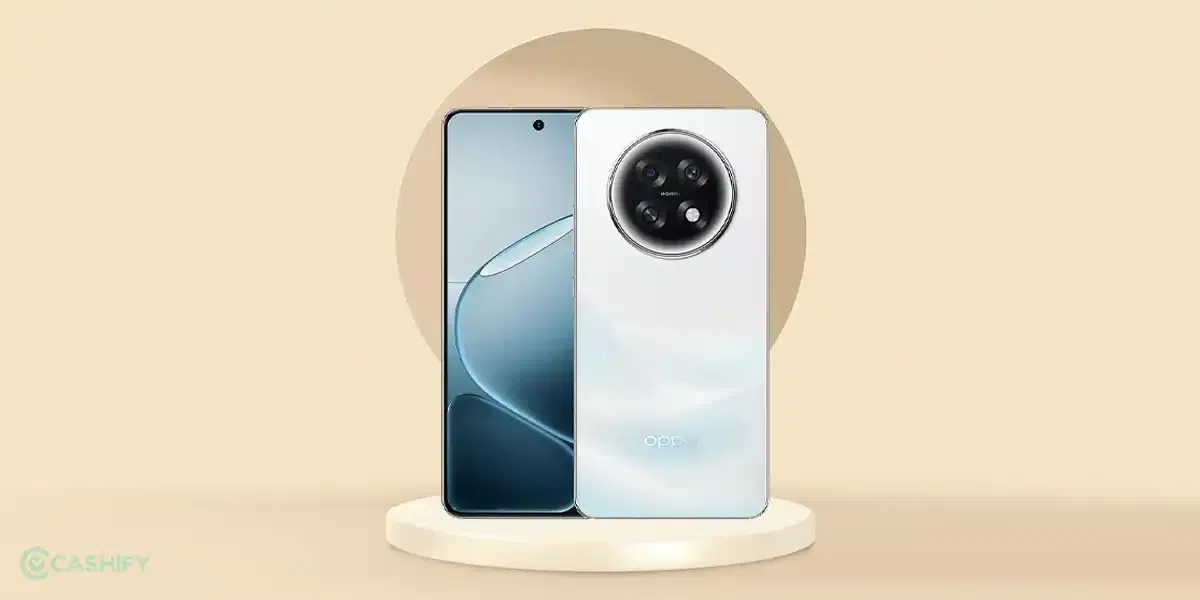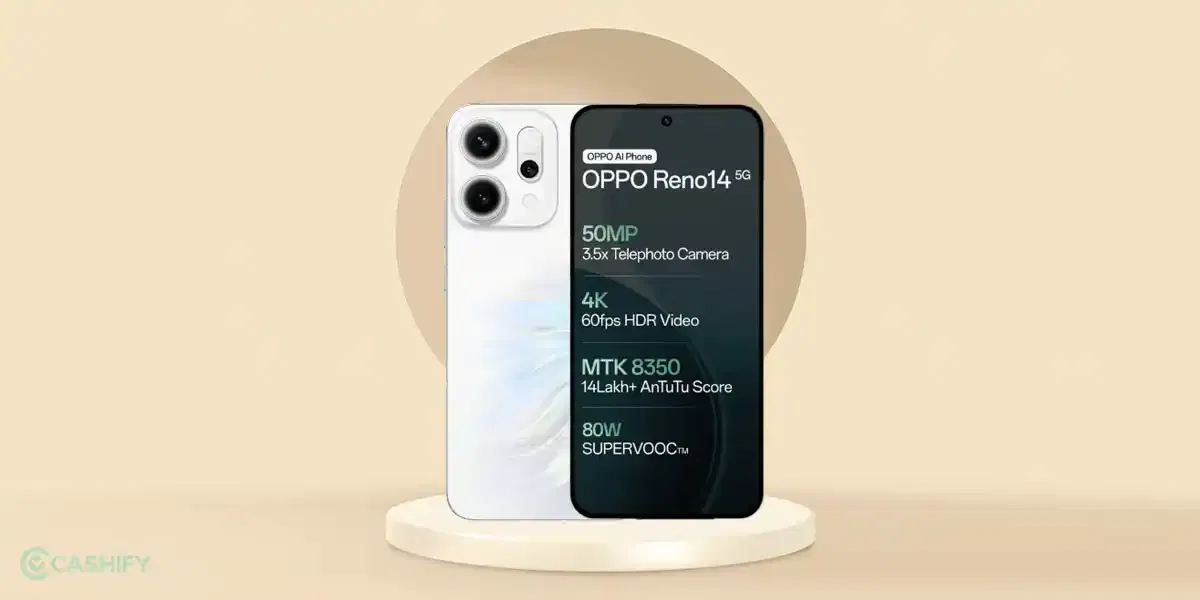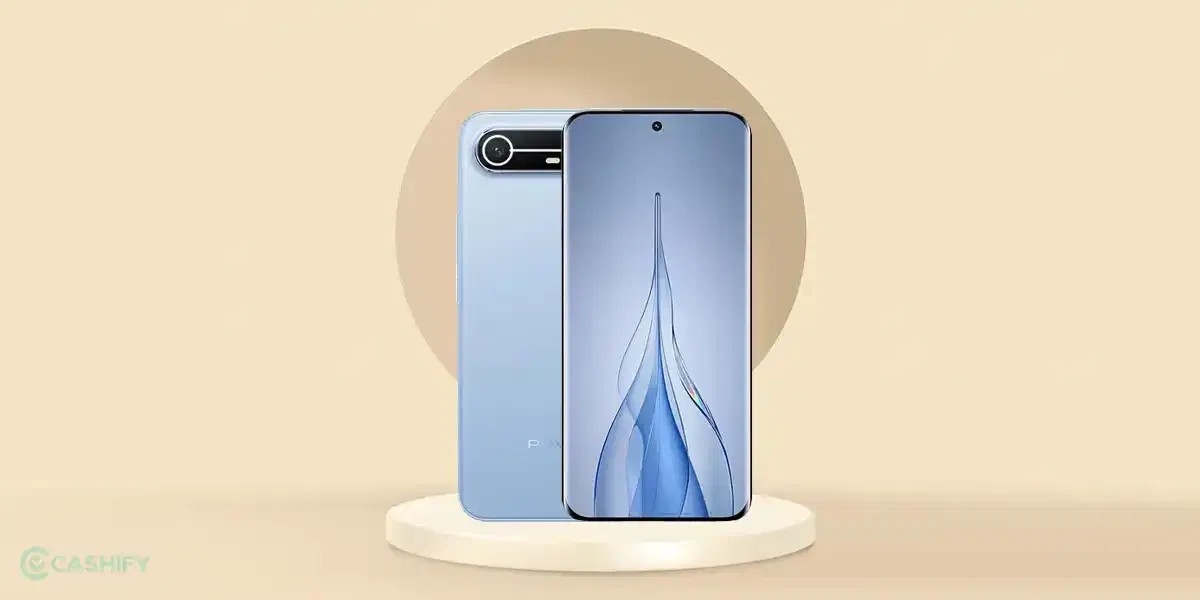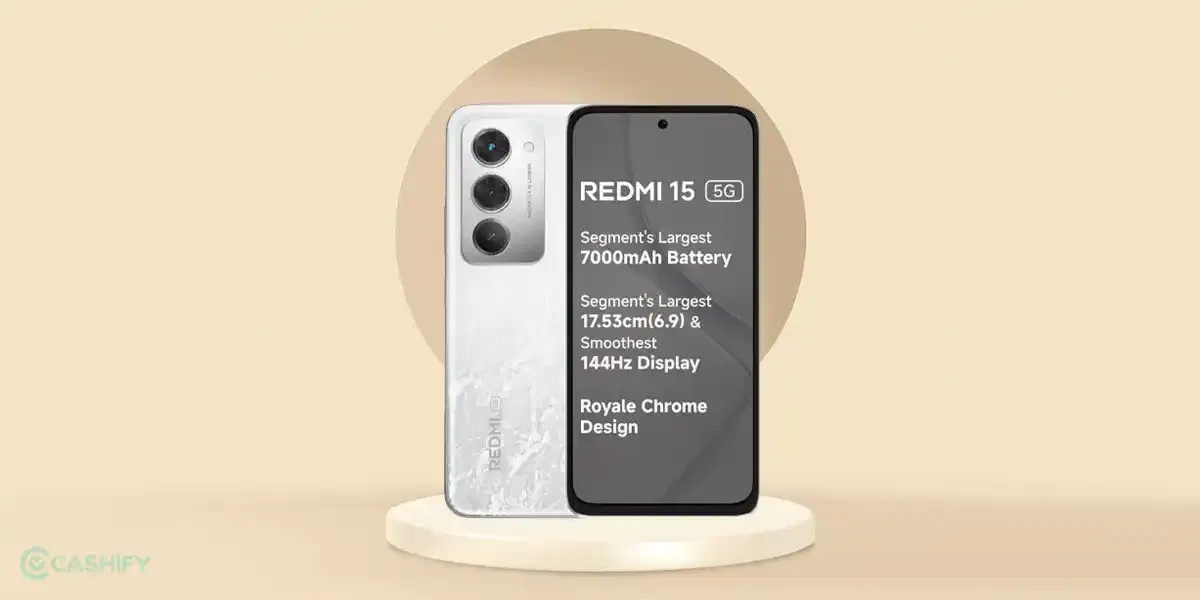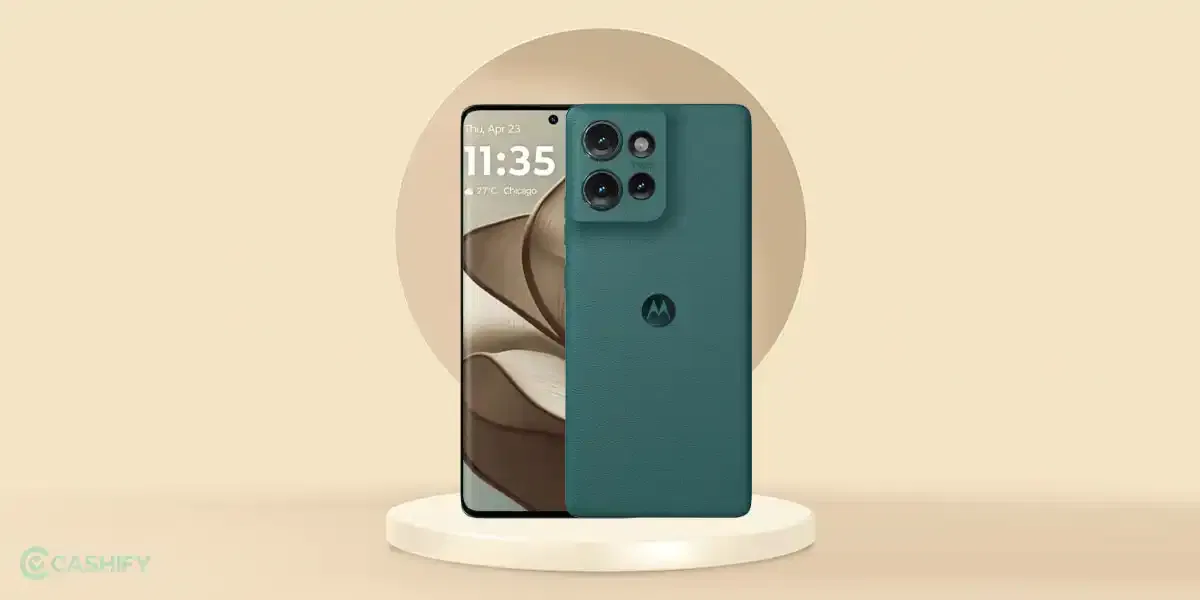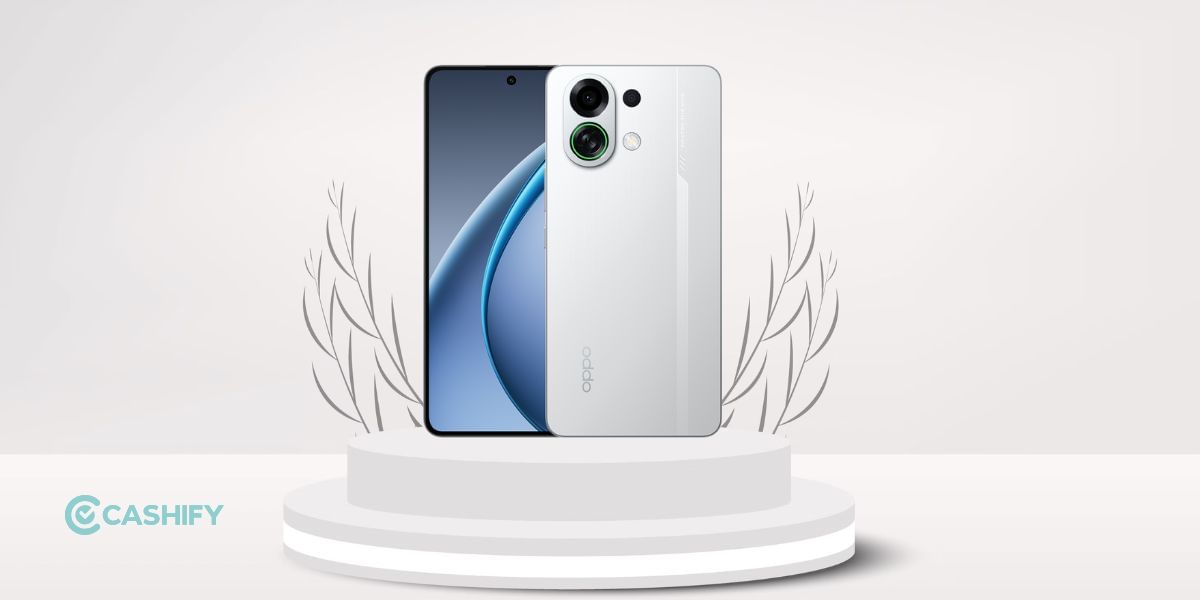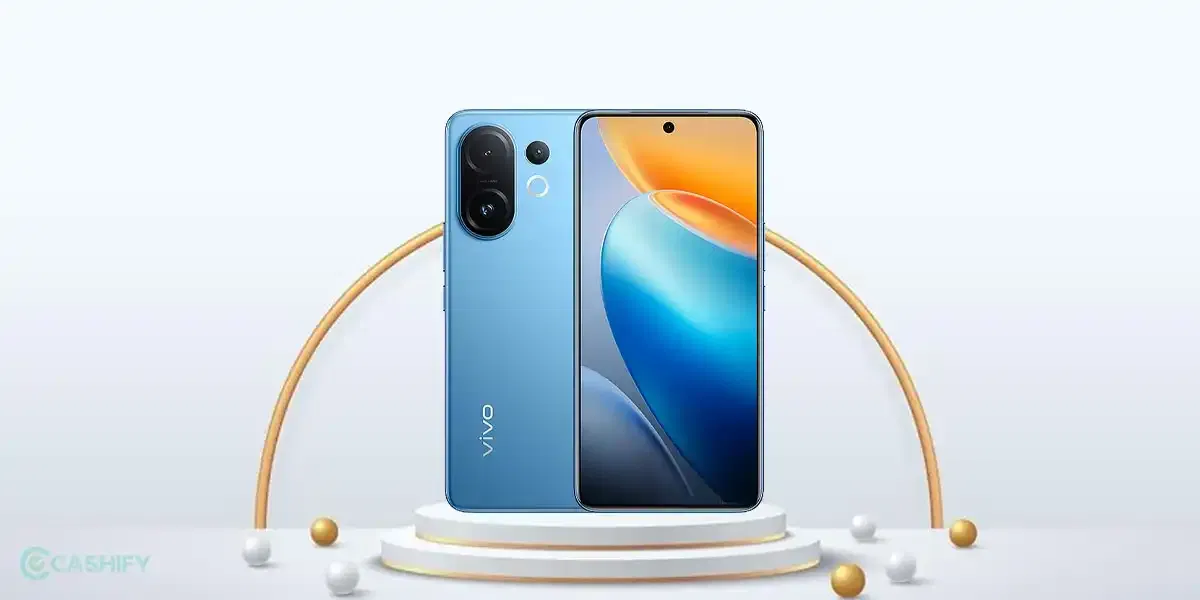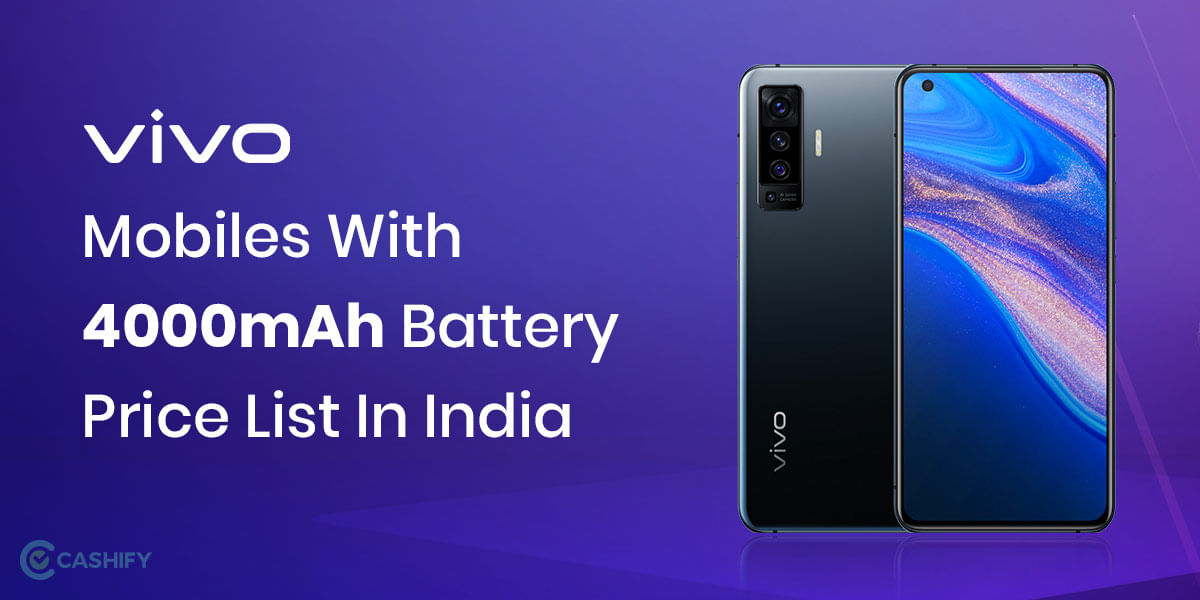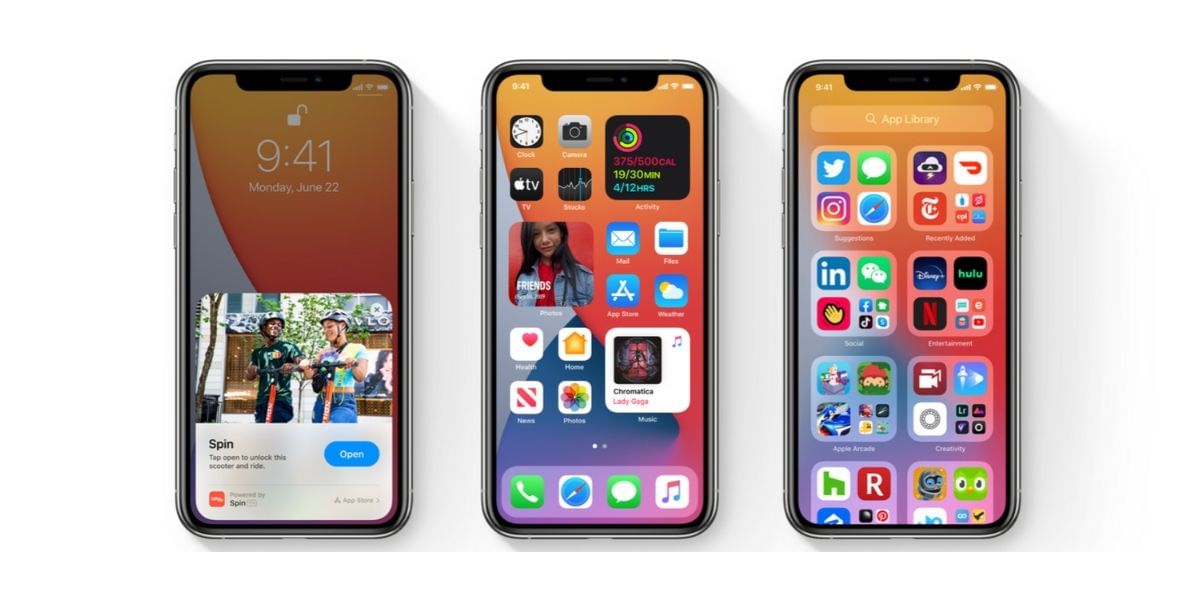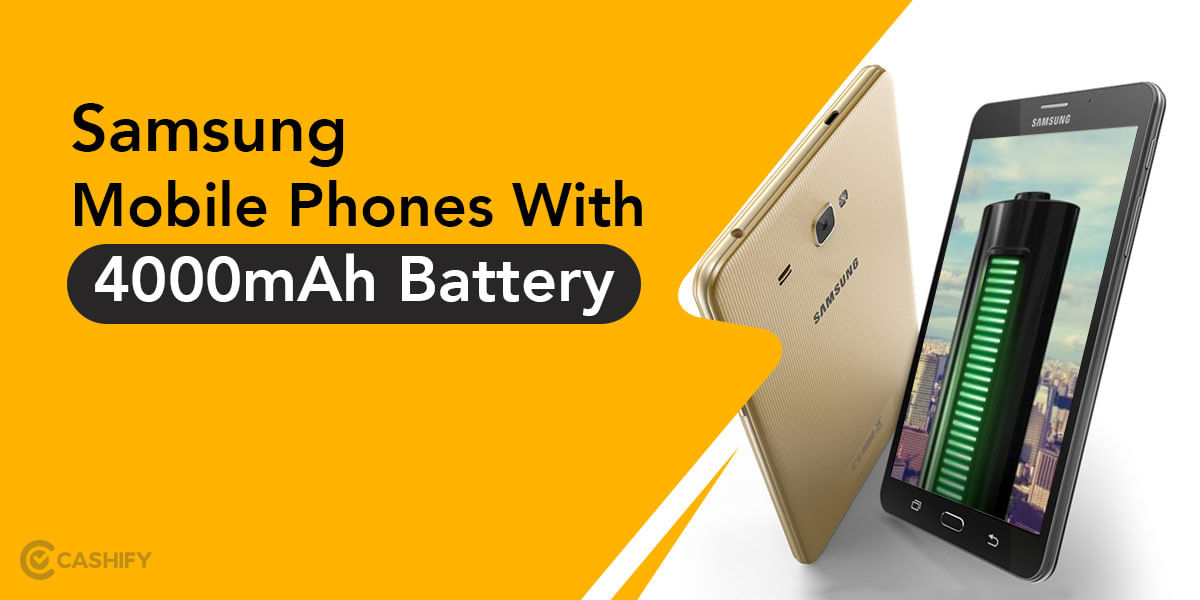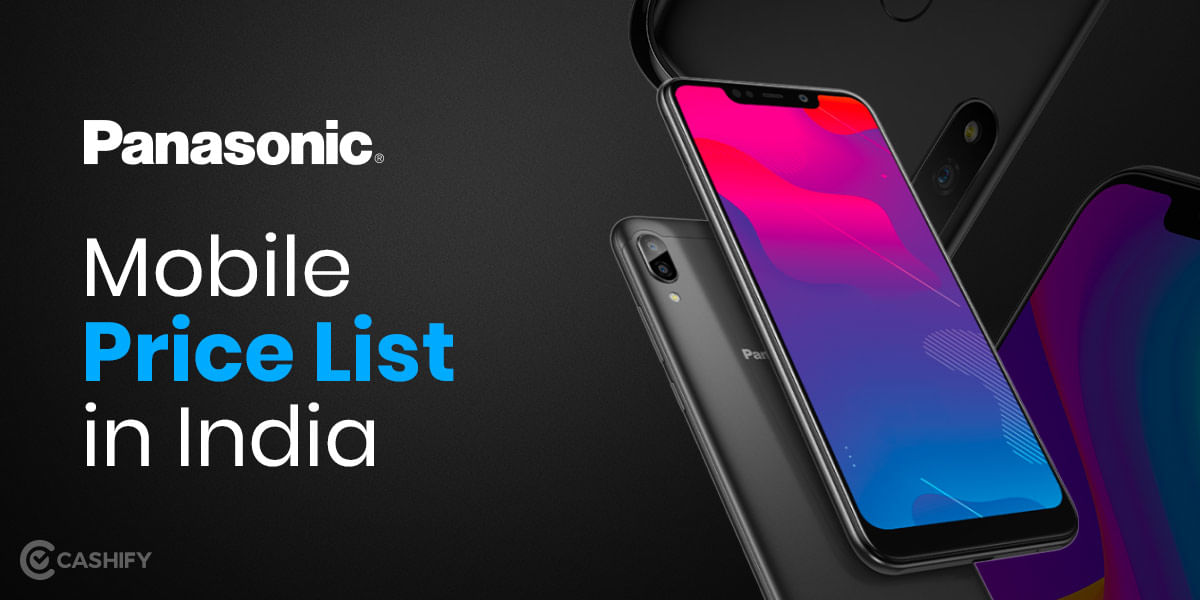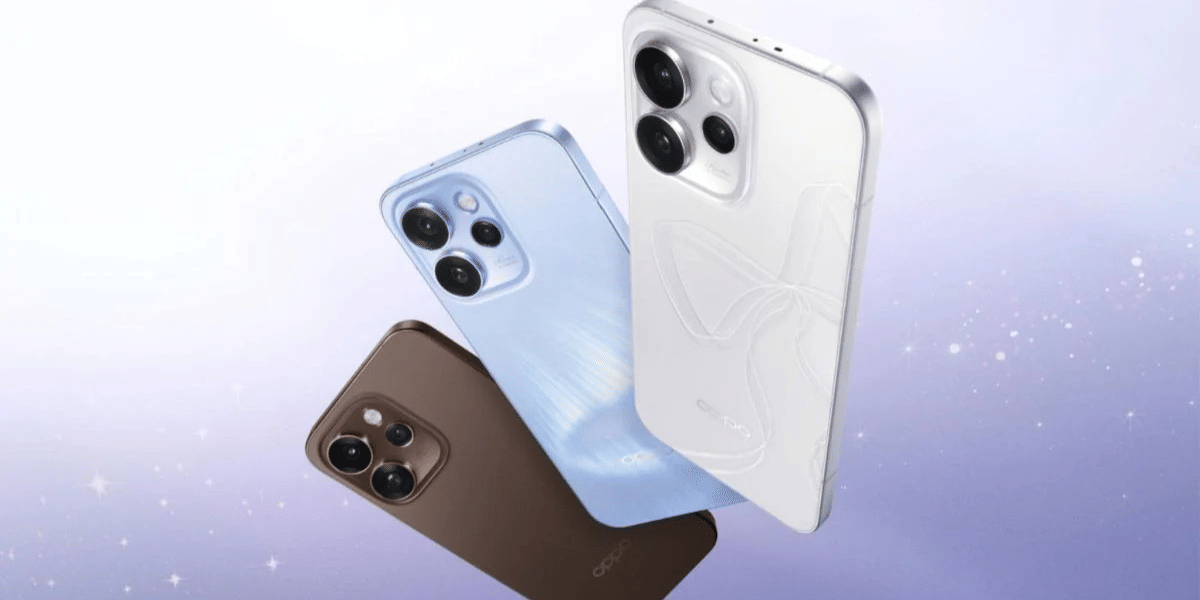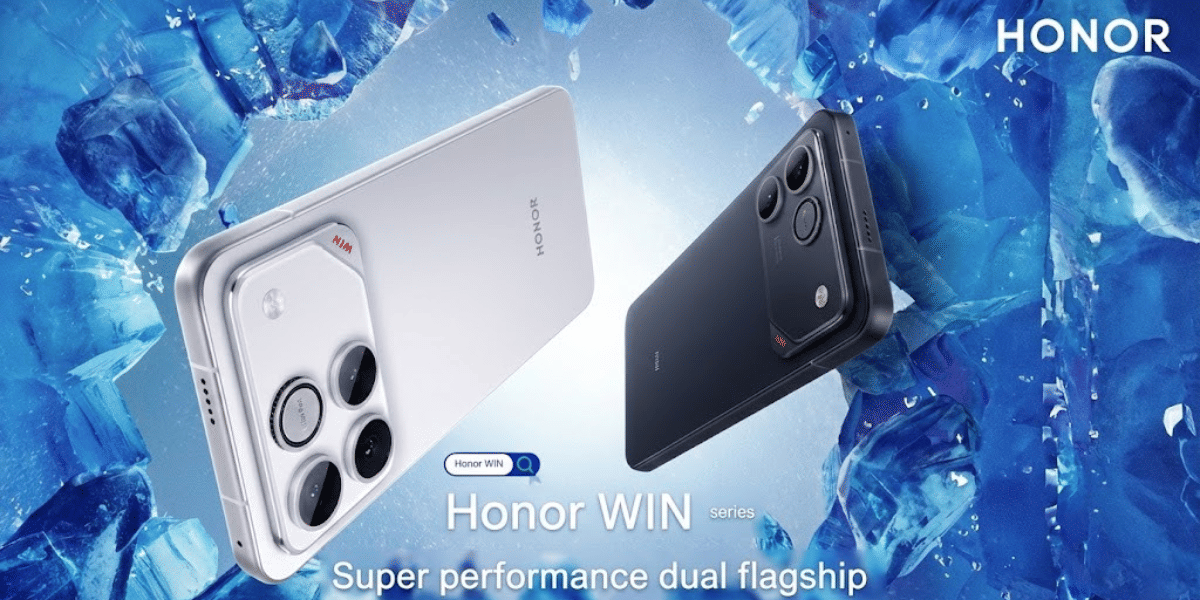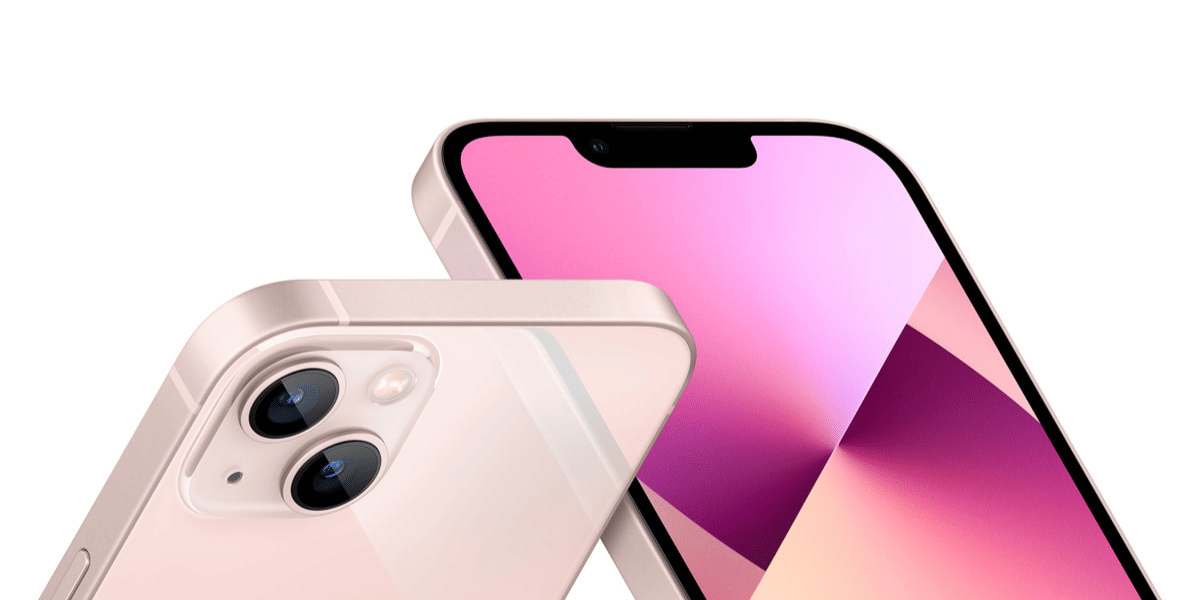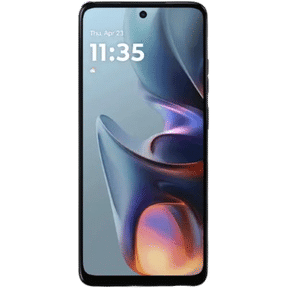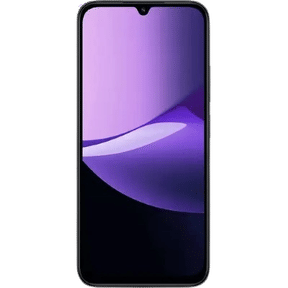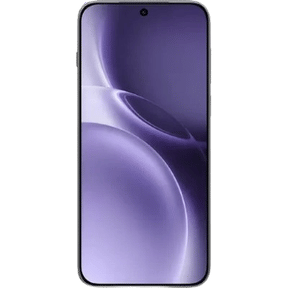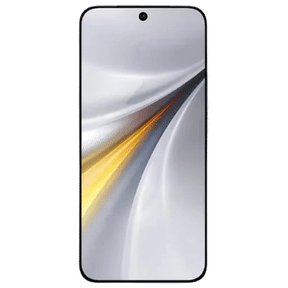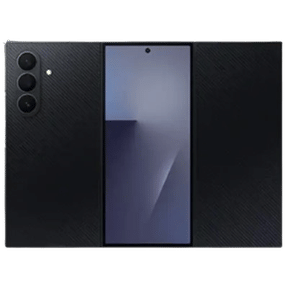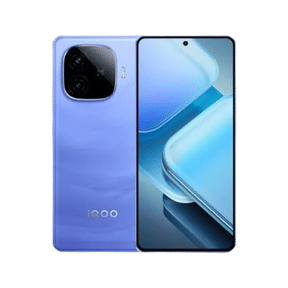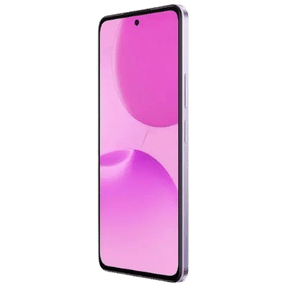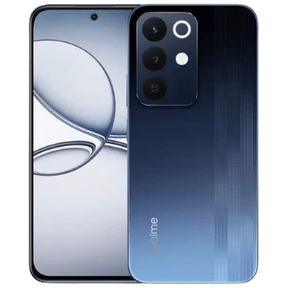The newly arrived Samsung Galaxy S10 Lite has been challenging all the other smartphones in the price range, which includes the OnePlus 7T, the ASUS ROG Phone 2 and a lot more, but many people are confused on choosing between the Samsung Galaxy S10 Lite or the ASUS ROG Phone 2, so here we are, presenting you the in-detail comparison of the Samsung Galaxy S10 Lite vs the ROG Phone 2. By the end, you’ll get to know which smartphone to choose over the other.
Design:
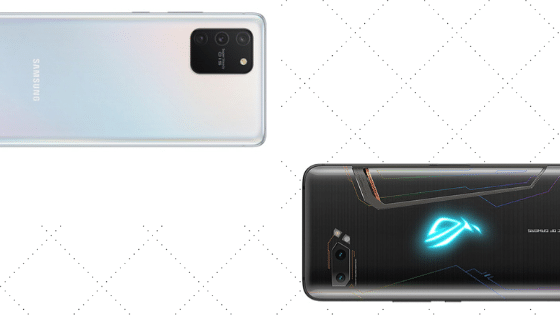
Beginning with the design language, both the phones offer a completely different design language, from the S10 Lite having a Glastic back (a mix of plastic and glass) and a premium-looking design, the ROG Phone 2 is made for gamers and has a cool looking illuminated logo, with patterns going all ver the back panel. The S10 Lite has a rectangular camera housing on the rear while the ROG Phone 2 has a simple dual rear camera setup.
When it comes to additionally, the ROG Phone 2 has multiple advantages over the S10 Lite, such as the inclusion of the 3.5mm headphone jack, dual USB Type C Ports, Air Triggers and more, so here the ROG Phone 2 kills it.
Display:
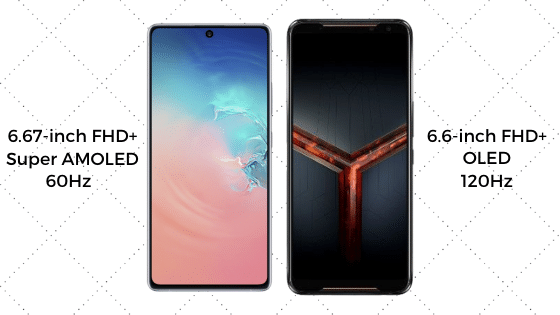
Moving on to the Display Department, the ASUS ROG Phone 2 has quite a few advantages over the Samsung Galaxy S10 Lite here, beginning with the specifications, the ROG Phone 2 sports a 6.59-inches OLED Display having a 120Hz Screen Refresh Rate, there are top and bottom bezels which house the dual front-facing speakers. On the other hand, the Samsung Galaxy S10 Lite offers a larger 6.67-inch FHD+ Super AMOLED Display, but with only a 60Hz Refresh Rate.
The Display panel on the Galaxy S10 Lite is a tat brighter but it’s not a big difference and other than that both the phones sport a great AMOLED panel, where the ROG Phone 2 is protected by the Gorilla Glass 6, while the Galaxy S10 Lite has the Gorilla Glass 3 on the front. Sporting the 120Hz Refresh Rate, the Asus ROG Phone 2 is a clear winner here.
Also Read: Asus ROG Phone 2 Review
Performance:
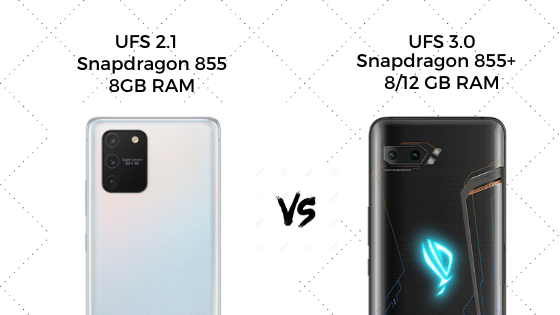
The ASUS ROG Phone 2 being a gaming phone, obviously offers much better specifications in terms of power, the ROG Phone sports the flagship Qualcomm snapdragon 855+ Chipset, comes with upgraded UFS 3.0 Storage and more. On the other hand, the S10 Lite has the slightly older Qualcomm Snapdragon 855 Chipset and UFS 2.1 storage. Whether it comes to loading apps or playing games, the ROG Phone 2 has the lead.
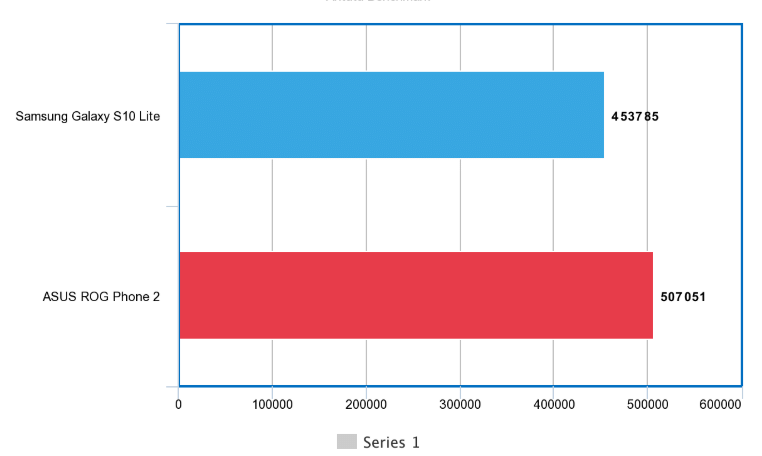
Even with the benchmarks, the ROG Phone 2 outperforms the Snapdragon 855 on the Samsung Galaxy S10 Lite, by scoring 5,07,051 against 4,53,785. So, if you are a gamer, you will obviously opt for the ASUS ROG Phone 2, while if you are a casual gamer or a person who needs just enough power to perform daily tasks, you can opt for the S10 Lite.
Also Read: Galaxy S10 Lite Review
Camera:
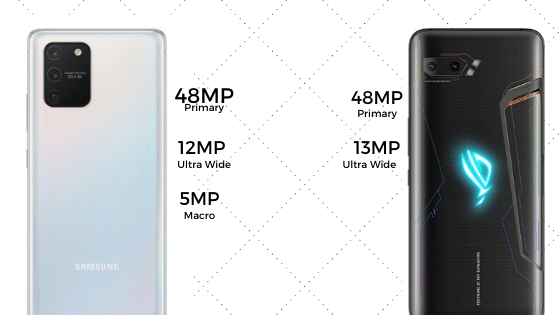
A part where the S10 Lite and the ASUS ROG Phone 2 have almost the same specifications but produce different outputs, it is the camera department. The ASUS ROG Phone 2 sports a dual rear camera setup comprising of a primary 48-megapixel sensor coupled with a secondary 13-megapixel Ultra Wide-Angled lens. While the S10 Lite has a pretty familiar 48-megapixel Primary + a 12MP Secondary Ultra Wide-Angled Lens + a 5MP Macro sensor.
Photos from both the smartphones come out to be well detailed and evenly exposed, but the ROG Phone 2 tends to mess up the white balance at places. Whereas the S10 Lite takes brighter, better-looking photos having natural colors and good levels of contrast and saturation, and its the same case with low light. Samsungs algorithm takes better, sharper and well-lit photos in a dark background as well, where the ROG Phone 2 takes photos with noise.
Moving on to the selfie camera, the Samsung Galaxy S10 Lite makes sure a person is covered on every corner of the camera, by offering a 32MP front-facing selfie shooter, where the ROG Phone 2 has a 24MP Selfie camera. The S10 Lite captures more details, has better skin tones and more. Overall, the S10 Lite beats the ASUS ROG Phone 2 easily in the cameras.
Also read: Top Camera Smartphones
Audio and Biometrics:
Here the ASUS ROG Phone 2 bounces back with a lead, as the ROG Phone 2 has a 3.5mm headphone jack, has dual-facing front stereo speakers. Where the S10 Lite doesn’t have a headphone jack and only has a single downward-facing speaker. Both the smartphones have an in-display fingerprint scanner, but the one seen on the S10 Lite is much faster and accurate.
Battery and Charging:
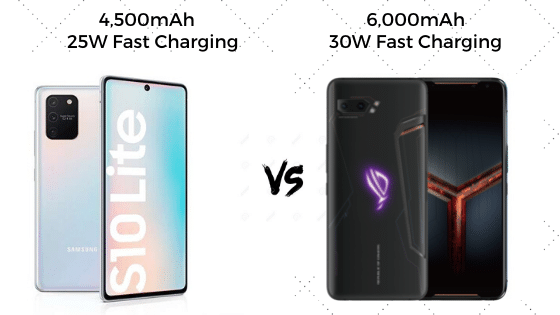
Moving on to a category, users may feel why do we even need to compare seeing the specifications, the ROG Phone 2 sports a 6,000mAh battery and comes with support for 30W Fast Charging, and the S10 Lite comes with 4,500mAh battery and support for 45W fast charging. But the point here is, the ROG Phone 2 has a 120Hz Refresh Rate and it puts a load on the battery. The ROG Phone 2 easily lasted us for about 8 hours with the 120Hz Refresh Rate turned on, where the S10 Lite gave us a battery life of about 6 hours with the normal 60Hz Refresh Rate. It is obvious that ROG Phone 2 takes a long time to charge compared to the S10 Lite.
Verdict:
| ASUS ROG Phone 2 | Samsung Galaxy S10 Lite | |
| Display | 6.59 inches, 1080×2340 px, 391 PPI | 6.7 Inches, 1080×2400 px, 393 PPI |
| Processor | Snapdragon 855+ | Snapdragon 855 |
| Camera (Rear) | 48 MP (Primary) + 13MP (Ultra-Wide) | 48 MP (Primary) + 12MP (telephoto) + 5MP (Macro) |
| Camera (Front) | 16 MP, f/2.0 | 32 MP, f/2.2 |
| Speakers | Stereo Speakers | Single Speaker |
| UFS Storage | UFS 3.0 | UFS 2.1 |
| USB | USB 3.1, Dual Type-C | USB 2.0, Type-C |
| Battery | 6000 mAh | 4500 mAh |
| Charging | 18W Fast Charge | 45W Fast Charge |
Finally, as a verdict, Both the smartphones are excellent in their particular categories. The S10 Lite has excellent cameras, great battery life, is slim and lightweight and offers a much premium experience. Whereas the ROG Phone 2 has a great display, amazing performance, long-lasting battery life and is specifically meant for gamers.





